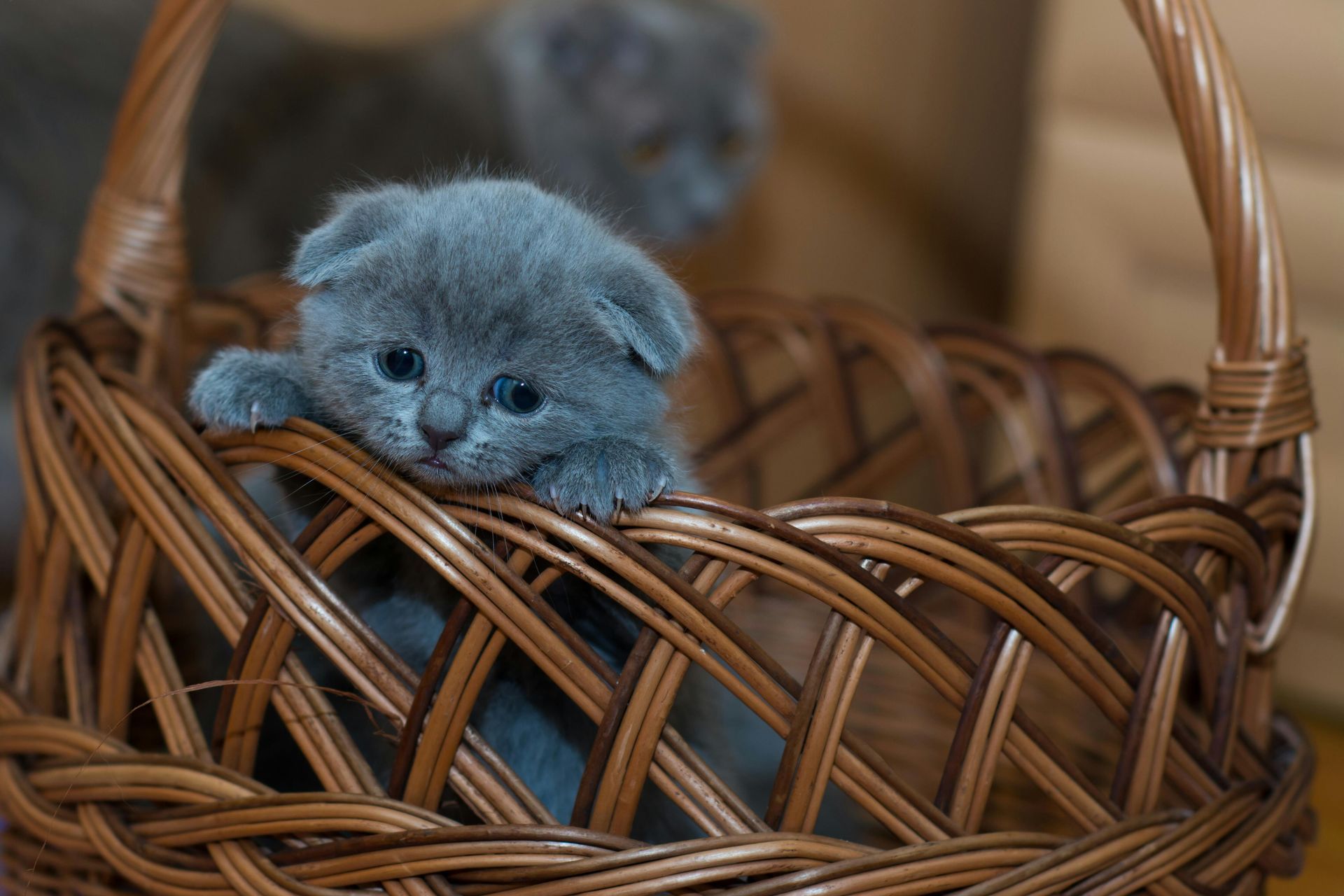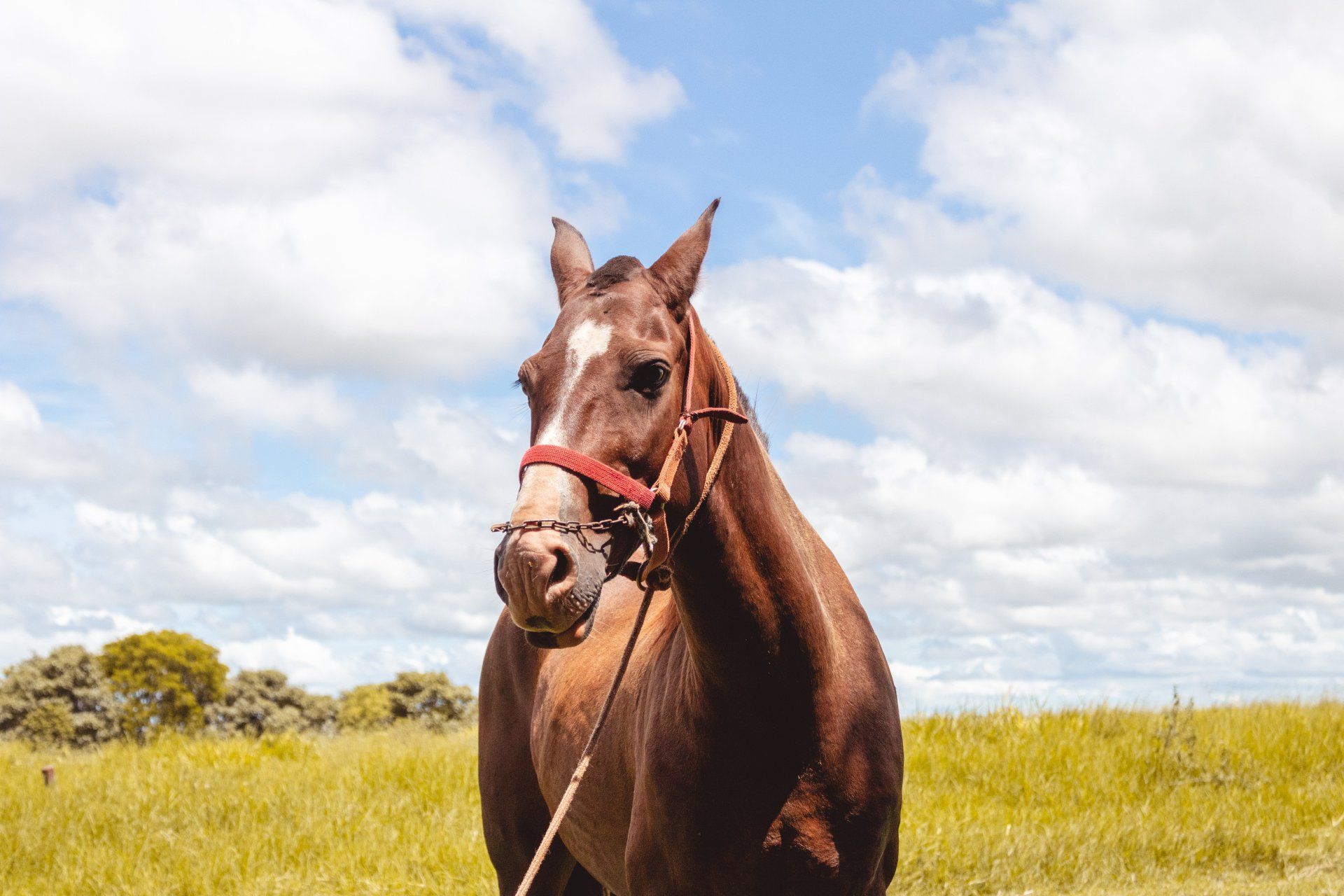Reducing Calf and Heifer Respiratory Disease
Keys to reducing calf and heifer respiratory disease
Over the past decade, there has been an increase in housing pre-weaned dairy calves indoors. This has happened for many reasons. Humane comfort of housing calves indoors during winter months is one major factor. Another factor is the increase of group feeding of dairy calves. Whatever the reason may be, when dairy calves and heifers are housed together in a barn, they are at an increased risk of respiratory disease when compared to being housed individually in hutches. Even if calves are housed in hutches, when they are placed in groups in a barn post-weaning, respiratory disease can become an issue. Respiratory disease can be a problem in any housing situation if other management practices are not optimal.
Most producers think that colostrum management is critical to the prevention of neonatal scours, which is true. Passive transfer of immunity via colostrum is also necessary to prevent respiratory disease. Up to 1 out of 5 cases of respiratory disease in calves can be prevented by good colostrum management. Make sure your colostrum is concentrated, timely, clean, and fed at the appropriate volume.
Many vaccines do a good job at preventing respiratory disease in calves and heifers. Whether it is an intranasal or an injectable product, administering the right vaccines at the right time is very important to respiratory prevention. Giving injectable vaccines on the day of weaning and expecting those products to have maximum effect is an example of a poor use of vaccines. Vaccines do not work overnight. In addition, giving them to an already stressed animal will yield poor results. An example of a proper protocol is to administer injectable vaccines in the week or two prior to weaning, or even better, give an intranasal product around weaning. The key to vaccinations is to abide by a protocol and constantly revisit that protocol depending on the challenges of the farm.
Pen moves and pen sizes have a direct effect on respiratory disease. Pen sizes greater than 15-20 will increase the likelihood of pneumonia. Moving calves the day of weaning causes additional stress and a greater chance of respiratory disease. Management practices around the time of weaning should be critiqued and evaluated. Many changes can be instituted to help alleviate the stress ans strain on the calves.
Dairy producers should also consider the installation of a positive pressure tube ventilation system when calves or heifers are housed indoors. The idea behind these tube ventilation systems is to reduce the air bacterial counts and provide more fresh air in the microenvironment of the calf. It is critical to understand that the microenvironment is the area where the calf breathes air within the pen. A calf does not breathe the same air that a human does when they walk into the barn. The way a tube ventilation system achieves a reduction in air bacterial counts is to aim for exchanging the air in the barn at least 4 times per hour.
The tube needs to be custom designed for each calf facility. Purchasing a “cookie cutter” tube system for your facility will yield poor results. The University of Wisconsin Dairyland Initiative has created a spreadsheet that generates a custom-made tube ventilation system. The Dairyland Initiative staff has trained veterinarians and industry professionals throughout the world on proper design of these systems. If you decide to purchase a tube ventilation system, you should consider getting it designed by someone experienced with the Dairyland Initiative spreadsheet and who has taken the training course. There are also “certified consultants” within the Dairyland Initiative network that have demonstrated advanced proficiency with the design of tube ventilation systems.
Tube ventilation system designs can be modified so that the tube can be placed in many different locations throughout the barn. Typically one tube will properly distribute air up to 40 feet of barn width. The design can be modified so that the tube can be placed under or within the trusses. In the case of a barn with a low ceiling or a bank barn, the tube can be placed along the wall or out of the way of machinery that is utilized during barn cleanout. The hole size and location can be changed to accommodate basically any location within a barn.
There are some preconceived notions about tube ventilation systems that typically aren’t true. Even a well functioning tube ventilation system can be overwhelmed by disease pressure if any of these management factors become inadequate. Some producers believe that tube ventilation systems will make calf barns cold during winter. Unpublished research has shown that tubes have minimal effect on the temperature inside a calf barn relative to ambient temperature. Another misconception is that managing curtains is no longer important. Tube ventilation systems are just one aspect of preventing calf respiratory disease.
Current market prices for heifers are very depressed. So why is it still important to emphasize prevention of respiratory disease? The obvious answer is that respiratory disease directly causes increased treatment costs (labor, drugs) and death loss, as well as diminished growth. The long-term outcomes of poor growth are increased age at first calving and reduced first lactation (and likely subsequent lactations) milk yield. Don’t let the current market situation for heifer calf prices diminish the value of raising a quality heifer that will be a productive cow in the future.
Written By Gabe Middleton DVM of the Orrville Veterinary Clinic for Bovine Health
Edited for VWP by Jeff Fink DVM












